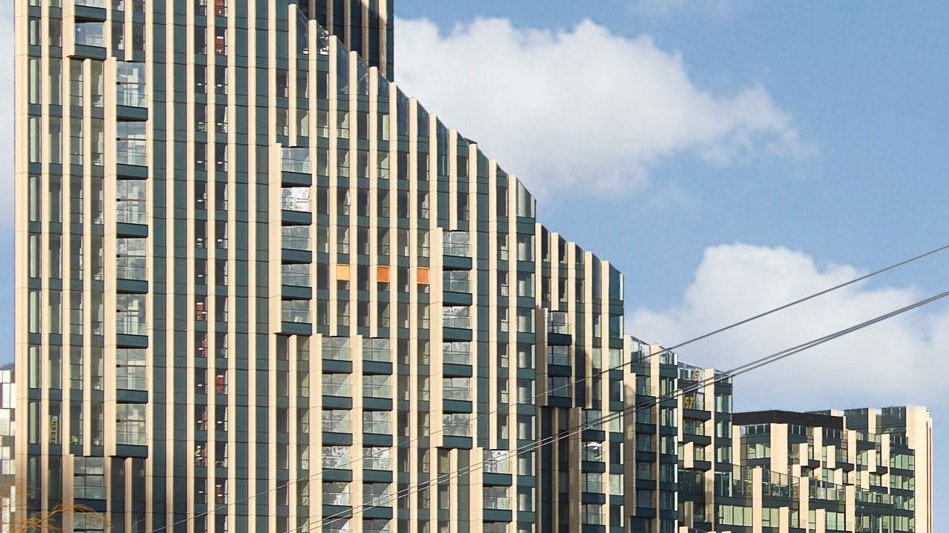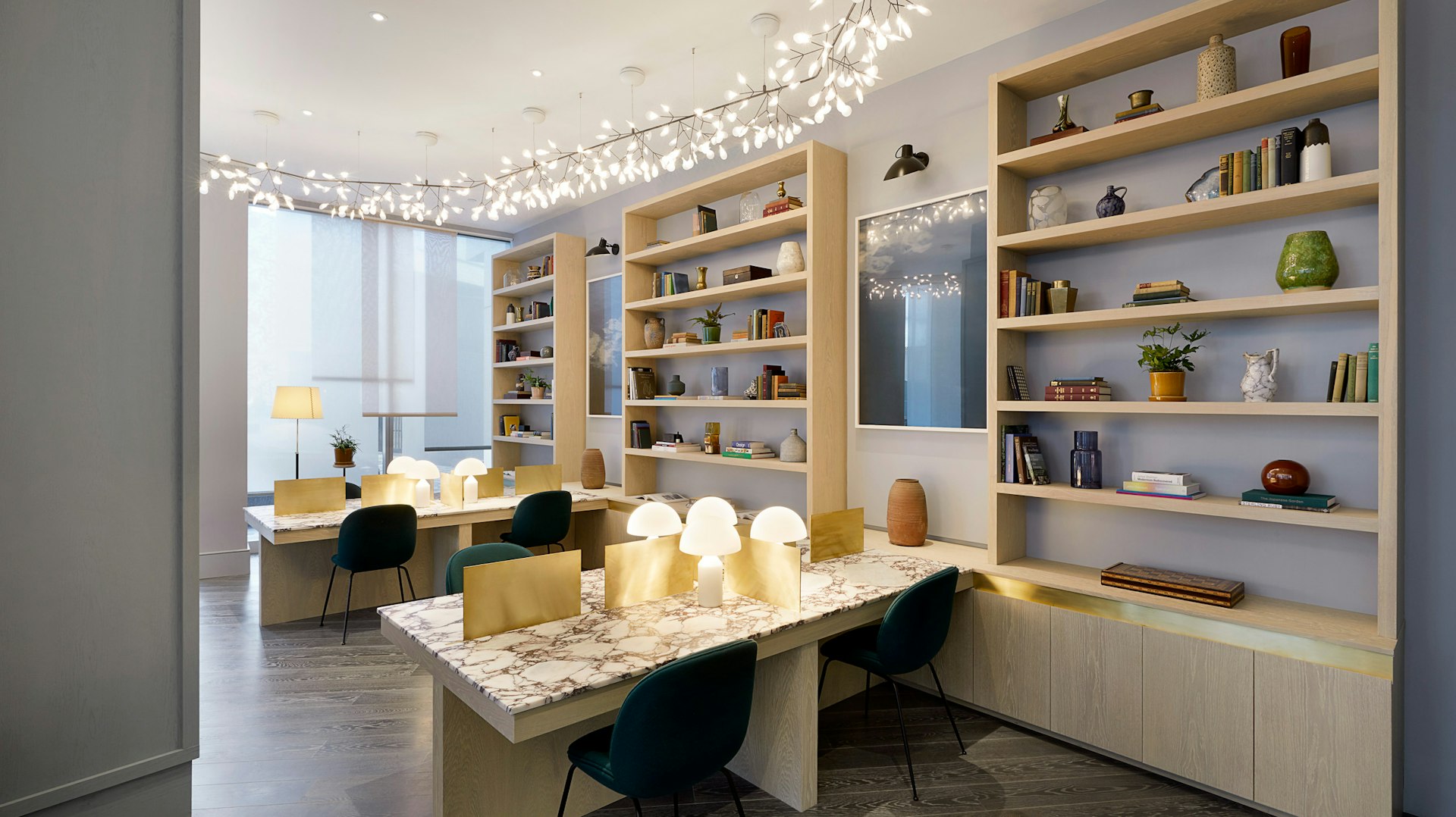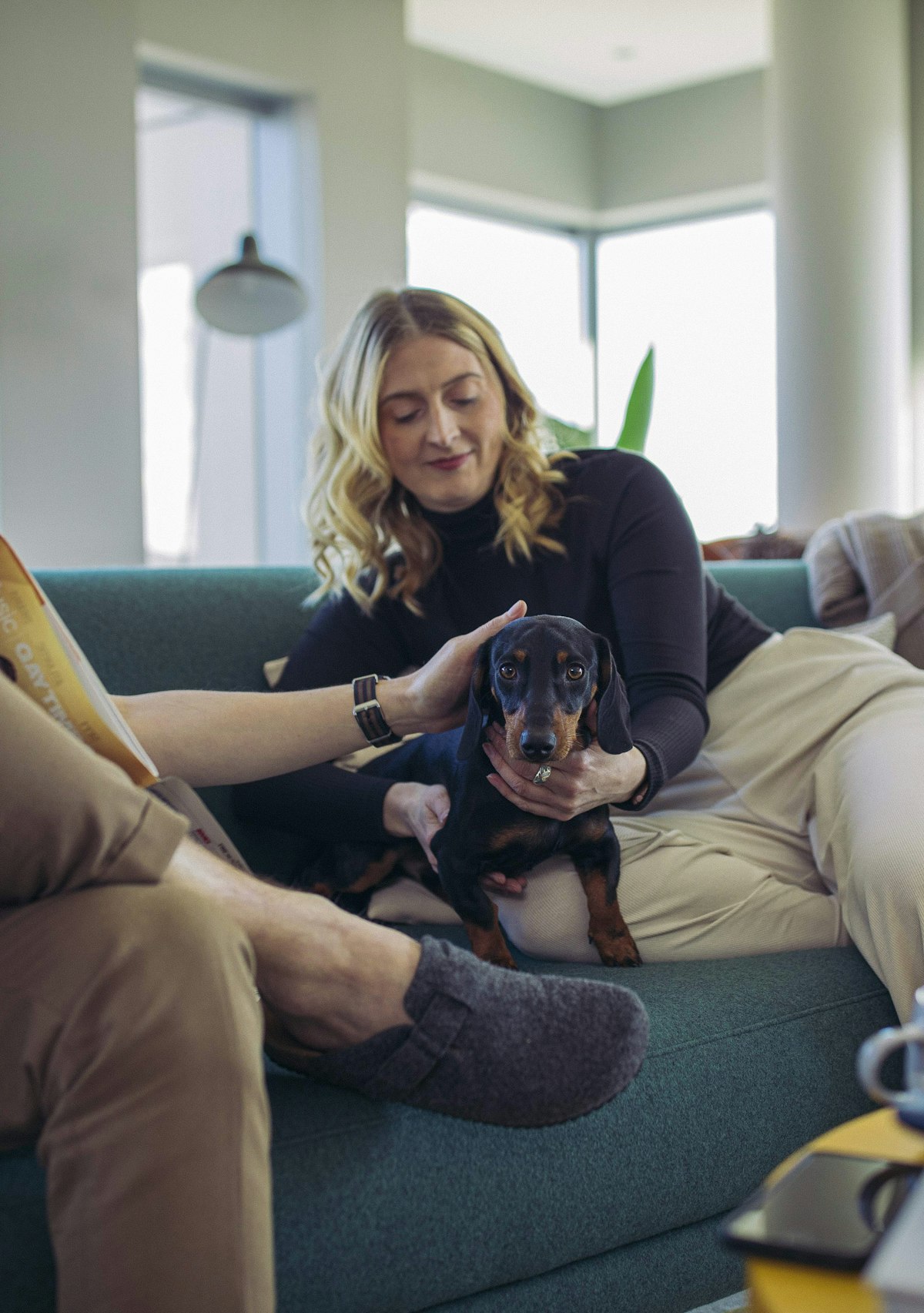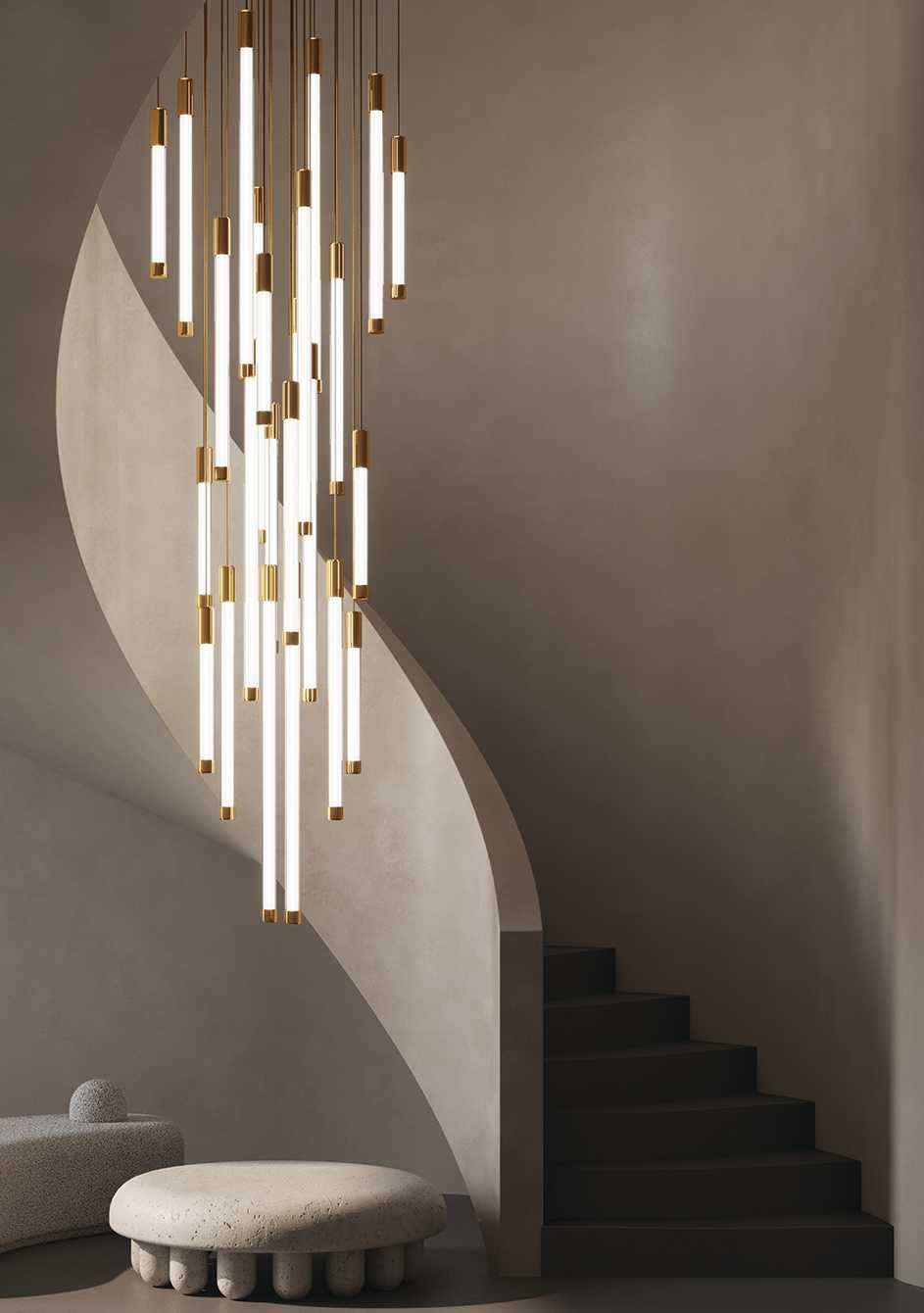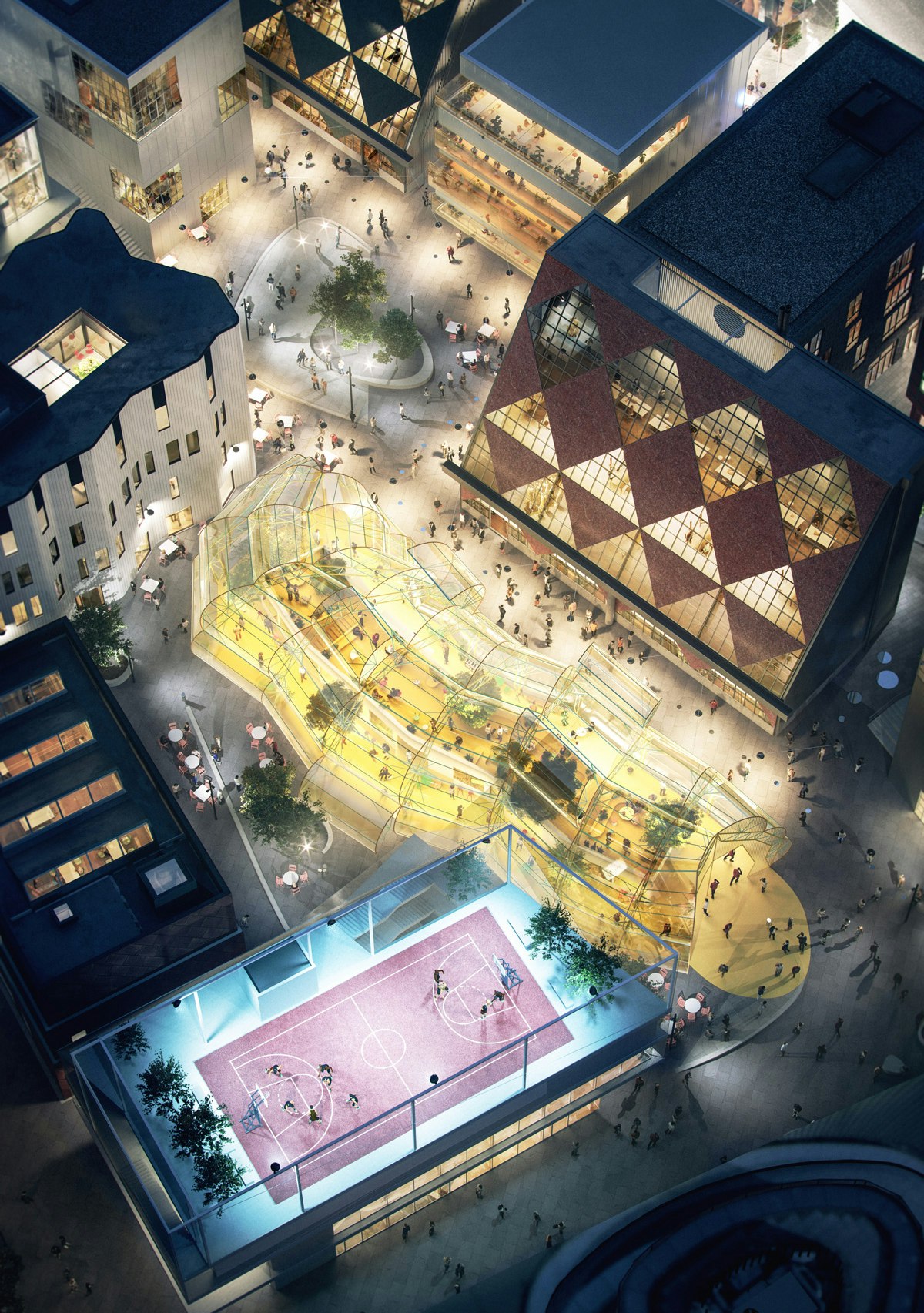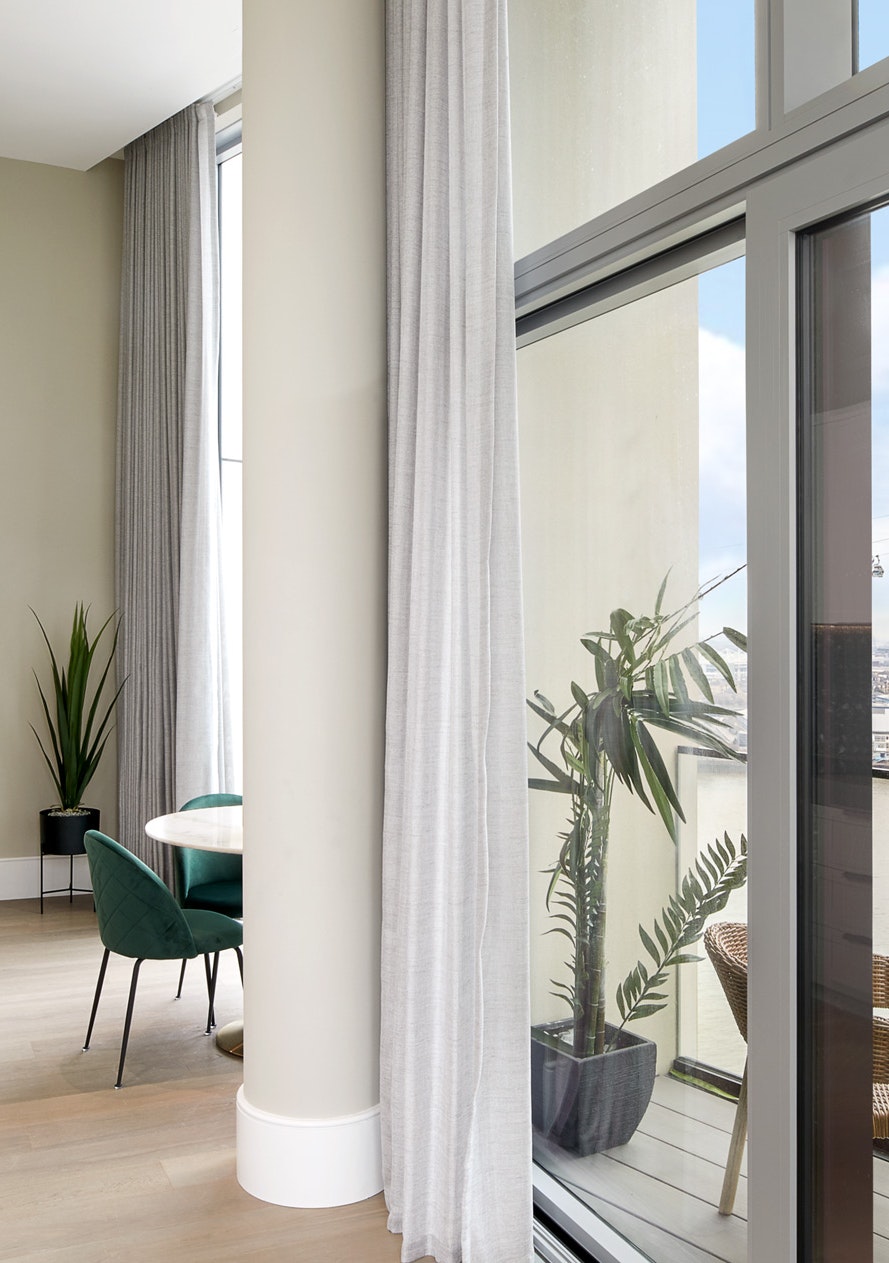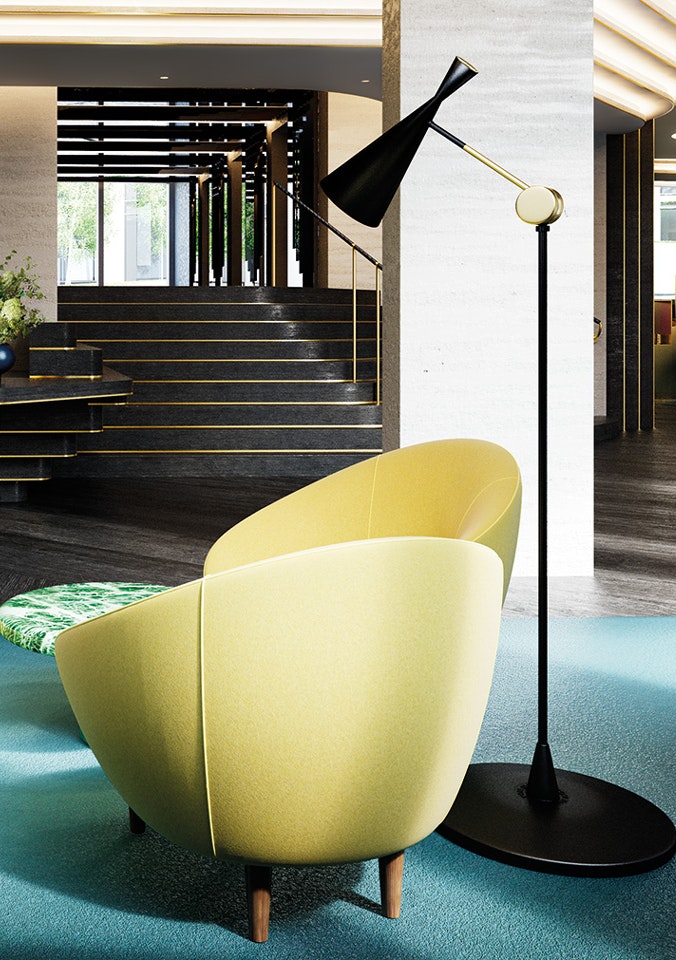
The Future of Life in London: Flexibility by Design
During lockdown, our homes became not only where we live, but also our gyms, workplaces, schools, restaurants and spas – making many reassess just what it is they need from their property. With our homes having to adapt to cater for more uses than ever before, the pandemic could fundamentally change how to design homes. As Kerri noted, it’s no longer all about relaxation or respite, but about the balance of being able to conduct multiple aspects of our lives effectively from home.
While working from home is a key factor in our increased need for flexibility, we also need our privacy – meaning a move away from fully open plan living, a concept that has dominated the design industry for many years. Rather, Anne calls for homes that offer the opportunity to create different spaces or zones, be it for work, relaxation or simply to get away from family members.
However, this goes beyond simply the layout of our homes, which, of course, need to retain the right balance of aesthetics and function. Although it’ll take time to understand exactly what these requirements are, there’s a growing consensus that space planning will need to evolve – not least with practical considerations like the number of plug sockets, or where a desk might go, but how to create the privacy required for both work and leisure, or ensuring more natural light in these spaces given this increased time at home.
It comes as no surprise that recent research from Knight Frank has shown factors like internet connectivity in every room and broadband speeds are now considered essential. On top, we’re already seeing demand for touchless technology and air purification grow, but answering the question of what else might we want from our homes of the future - and how we incorporate them into thoughtful home design – is set to be one of the biggest challenges our developers, architects and interior designers will face in years to come.
